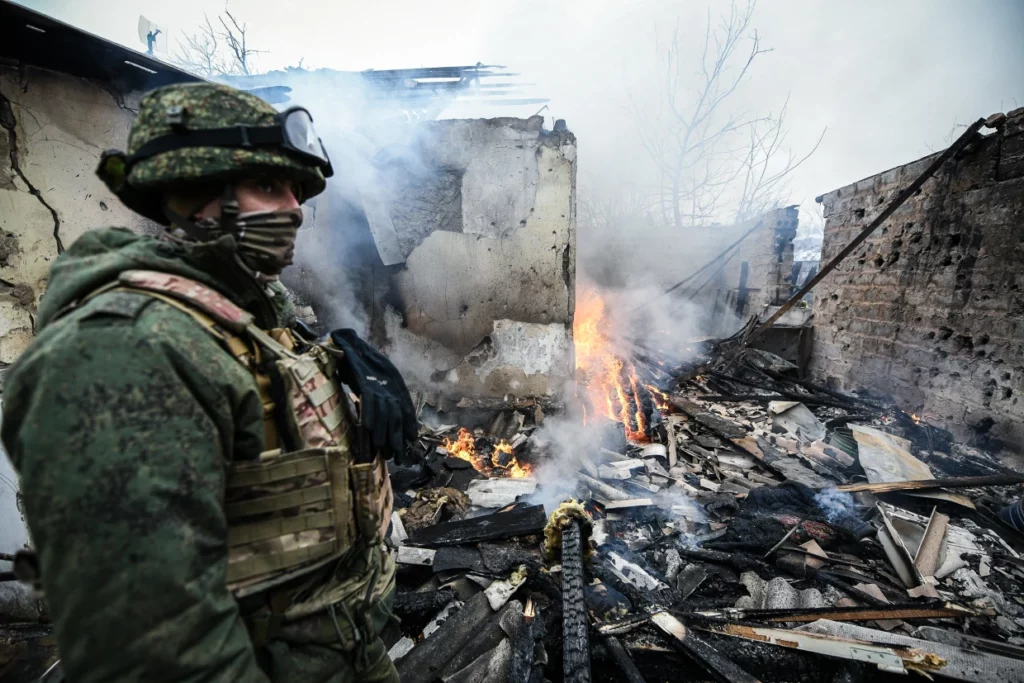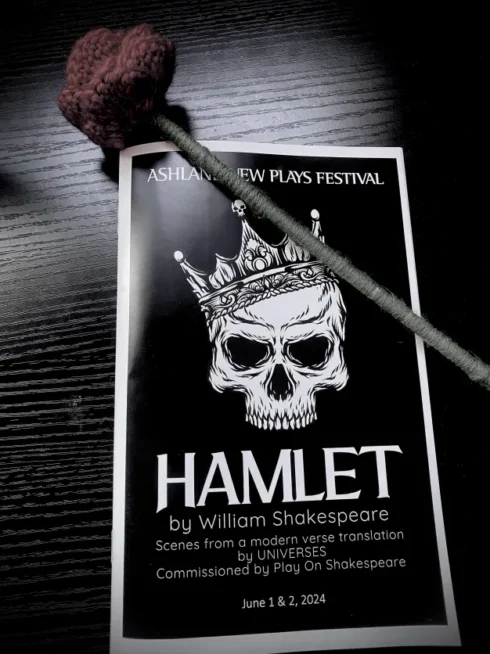After Russian military buildups near the Ukrainian border in 2021, Russia launched a large-scale invasion of Ukraine on February 24th, 2022. Ukrainians are currently four days into the latest attack in an ongoing eight year conflict that began February 2014 in the wake of the ‘Revolution of Dignity’ which ushered a “transformation of Ukraine’s society and state that is both deeply ambitious and tragically incomplete”.
Following Russian President Vladimir Putin’s invasion of Ukraine, which resulted in Russian troops entering the southern port cities of “Mariupol and Odessa”, and explosions heard throughout the capital city of Kyiv as well as “Kharkiv and other cities across Ukraine”, the North Atlantic Treaty Organization (NATO) has agreed to beef up its land, sea and air forces on its eastern flank near Ukraine and Russia. “We are deploying additional defensive land and air forces to the eastern part of the alliance, as well as additional maritime assets,” NATO ambassadors said in a statement following emergency talks.
When announcing the military operation, President Vladimir Putin warned other countries in a press release that any attempt to interfere with Russian action would lead to “consequences you have never seen”. Ambiguously acknowledging the threat of a nuclear war, the Associated Press stated that while Putin’s threat may have been empty, and a “mere baring of fangs,” it eluded to an outcome in which the Russian President’s ambitions in Ukraine “could lead to a nuclear war through accident or miscalculation.”
The Biden administration wants to “reduce rhetoric and deescalate” tensions between Russia and Ukraine. “We’ve seen this pattern from President Vladimir Putin over the course of the last several months and even before then, where he manufactured the threat in order to justify greater aggressive action,” White House press secretary Jen Psaki told MSNBC. She went on to say that the US has its “own preparations” and “own ability and capacity to defend the United States,” but has not yet changed alert levels. The US has also “doubled down” in its decision not to use troops to create a no-fly zone in Ukraine, calling it “not a good idea” and “not something the President wants to do”. Psaki also confirmed that President Biden would discuss the situation in Ukraine during his State of the Union address on Tuesday.
While tensions seem to be rising, Ukrainian officials met at the Belarusian border on Monday in an attempt to negotiate a cease-fire with a delegation from Russia. The meeting kicked off as Russian bombardment continued into Monday. “They [Russia] have not achieved what they intended on Day 4″ of the invasion, a senior US Defense Official said, as Ukrainians still hold control of all major cities. As of Sunday the 27th, the European Union, following an announcement by EU Commission President Ursula von der Leyen, has banned Russian flights and will send weapons in support of the situation in Ukraine.
This is definitely an unprecedented time, and the Siskiyou will be watching as events unfold overseas. Should you wish, students, faculty, and staff can show their support for Ukraine by contributing to the following causes.



